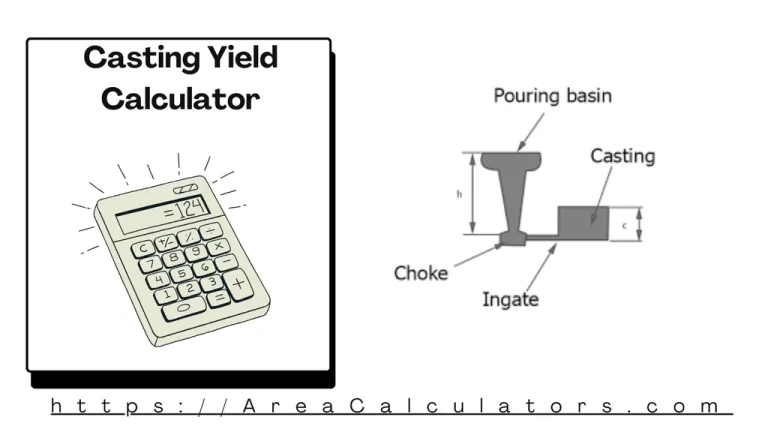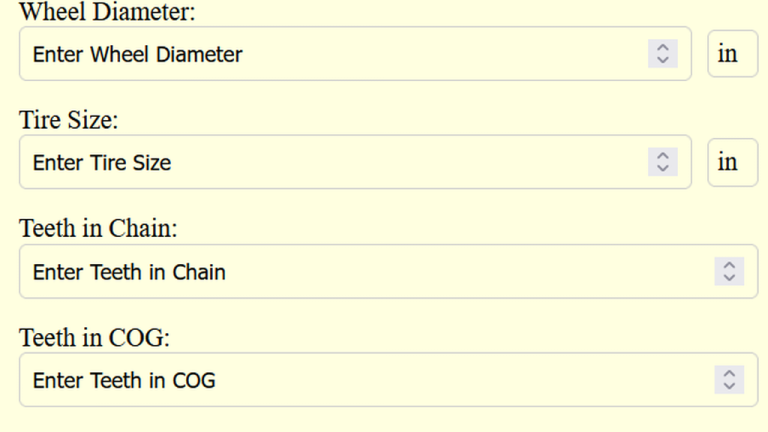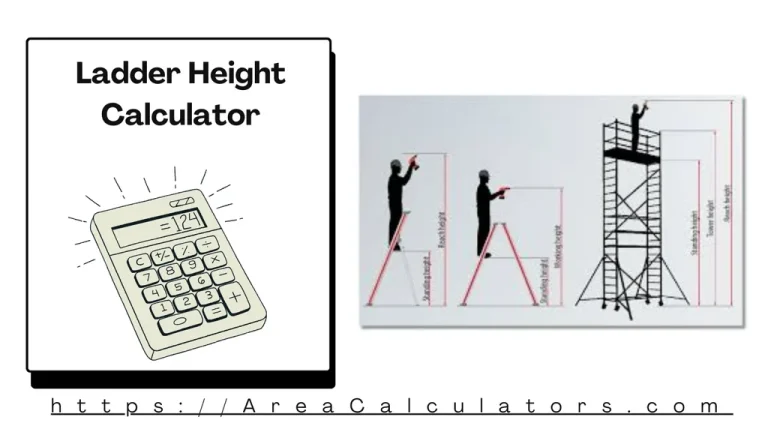Pot Volume Calculator [Potting Soil Calculator, Potting Calculator]
Multiply the base area of the pot by its height, then divide by 281 to get the volume in gallons.
Multiply the base area of the pot by its height, then divide by 281 to get the volume in gallons.
The Pot Volume Calculator is a tool used to estimate the volume of pots, containers, or planters based on their dimensions. This calculation is essential for determining the appropriate amount of soil, water, or other materials needed for planting, cooking, or storage purposes.
By accurately measuring volume, it ensures efficient use of resources, whether for gardening, culinary purposes, or container-based projects.
PV =
| Variable | Definition | Units |
|---|---|---|
| PV | Pot Volume | Gallons |
| R | Radius of the pot’s base | Inches |
| H | Height of the pot | Inches |
Example 1: Calculate the volume of a pot with a base radius of 6 inches and height of 10 inches.
| Step | Value | Explanation |
|---|---|---|
| Radius (R) | 6 inches | Given radius of the pot’s base |
| Height (H) | 10 inches | Given height of the pot |
| Volume (PV) | 4.01 gallons |
Example 2: Calculate the volume of a pot with a base radius of 8 inches and height of 12 inches.
| Step | Value | Explanation |
|---|---|---|
| Radius (R) | 8 inches | Given radius of the pot’s base |
| Height (H) | 12 inches | Given height of the pot |
| Volume (PV) | 8.60 gallons |
The Pot Volume Calculator is a user-friendly tool designed to estimate the volume of pots used in gardening, cooking, or storage. By simply entering measurements like height and diameter, you can calculate the pot’s capacity in liters, quarts, gallons, or other units.
This makes it ideal for determining soil requirements, choosing the right container for plants, or selecting appropriately sized pots for recipes.
For gardeners, the calculator helps estimate the volume needed to fill pots with soil, ensuring plants have the right space for root growth. In cooking, it assists in choosing pots of the right size for specific dishes, saving time and effort.
Whether you are working with round, square, or irregularly shaped pots, this tool simplifies volume calculations with accuracy and efficiency.
In summary, the Pot Volume Calculator is an indispensable tool for precise volume measurements, catering to both professional and personal needs in gardening and cooking. Its simplicity and adaptability make it a valuable addition to everyday tasks.

To calculate the Casing Capacity (Annular Volume), subtract the square of the casing’s outside diameter from the square of the borehole diameter, divide by 1029.4, and multiply by the length of the casing. The Casing Capacity (Annular Volume) Calculator is an essential tool in drilling and well completion operations. It calculates the volume of the…
To calculate Equivalent Mud Weight (EMW), add the mud weight (MW), equivalent circulating density (ECD), and annular operating pressure equivalent (AOPE) values. The EMW (Equivalent Mud Weight) Calculator is an essential tool in the drilling industry, helping to manage wellbore pressure effectively. EMW accounts for dynamic pressures, such as annular friction loss, to ensure safe…

To calculate the Blow Up Ratio (BUR), divide the final diameter of the film by the die diameter. The Blow Up Ratio Calculator is a specialized tool designed for professionals in film extrusion and plastic manufacturing. It helps determine the ratio of the inflated film diameter to the die diameter, a critical parameter for ensuring…

To calculate casting yield, divide the weight of the usable casting (WC) by the total weight of the molten metal poured (WM) and multiply by 100 to express the result as a percentage. The Casting Yield Calculator is a crucial tool in the metal casting industry, helping manufacturers assess the efficiency of their casting processes….

To determine your bike speed, consider factors such as tire dimensions, cadence, and resistance. Use the formula to calculate velocity and understand how bike mechanics affect speed. The Bike Speed Calculator helps cyclists estimate their speed based on various parameters like tire size, cadence, and gear ratio. This tool is invaluable for enthusiasts looking…

To calculate ladder height, combine the vertical height and the ladder’s safe angle offset, then adjust for safety additions. The Ladder Height Calculator is a vital tool for determining the correct ladder size for various tasks, ensuring safety and efficiency. Whether cleaning gutters, painting high walls, or reaching the roof, using the right ladder size…